Traditional pepper production in Borneo
A centuries-old farming legacy
For generations, the story of Borneo pepper has been intertwined with the island’s cultural fabric.
The traditional farming communities have maintained their pepper cultivation practices, passing down knowledge through generations. This agricultural heritage dates back centuries, when the spice trade brought commercial pepper production to Borneo’s fertile soils.
Traditional Farming Techniques and Methods
The indigenous farming methods employed in Borneo pepper cultivation showcase a deep understanding of the local environment.
Farmers plant the pepper vines alongside supporting poles, typically made from belian wood, known for its durability. These traditional techniques have proven effective in producing high-quality black pepper while maintaining soil health.
The Growing Cycle and Cultivation Process
The climate of Borneo provides ideal conditions for peppercorn production. The combination of regular rainfall, humid conditions, and well-draining soil creates the perfect environment for pepper vines to thrive. Traditional farmers work with these natural conditions, timing their planting and harvesting to match seasonal patterns.
Indigenous agricultural practices emphasise the importance of proper soil preparation. Farmers incorporate organic matter and implement traditional mulching techniques to ensure optimal growing conditions for the pepper vines.
Harvesting and Processing Methods
The harvesting of Borneo pepper requires skilled hands and precise timing. Traditional farmers determine the perfect moment for harvest by examining the colour and firmness of the peppercorns. The processing methods involve several stages:
- Hand-picking the peppercorns
- Sorting the harvest
- Sun-drying the produce
- Traditional quality control measures
Economic Importance and Trade
Borneo pepper holds significant economic value in the global spice market.
The traditional peppercorn production supports numerous farming communities across the island. Local cooperatives work together to maintain quality standards while preserving traditional farming methods.
Practical Information
- Location: Various regions across Borneo, with major production areas in Sarawak
- Best visiting times: March to October (dry season)
- What to wear: Light, breathable clothing and sturdy shoes
- Transport: Local buses or arranged tours from your hotel or tour operator
- Hours: Most farms operate from sunrise to mid-afternoon
- Sorting the dried pepper seed pods

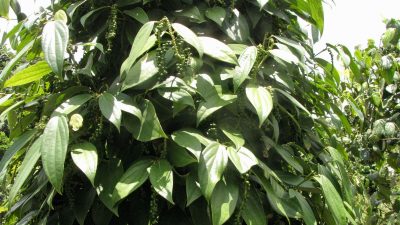
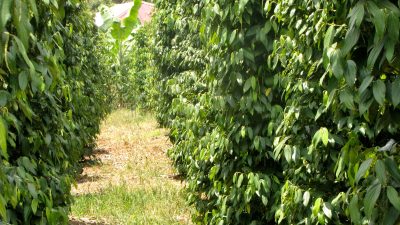
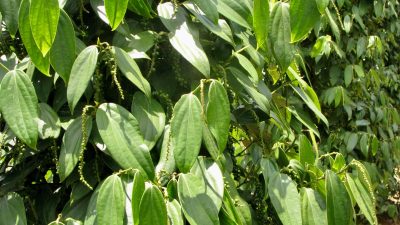
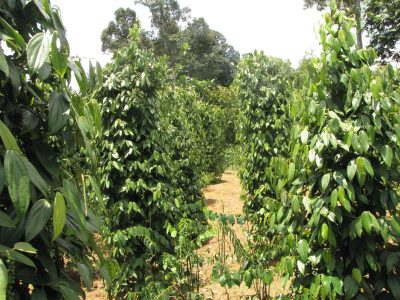
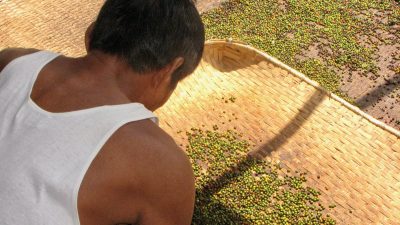
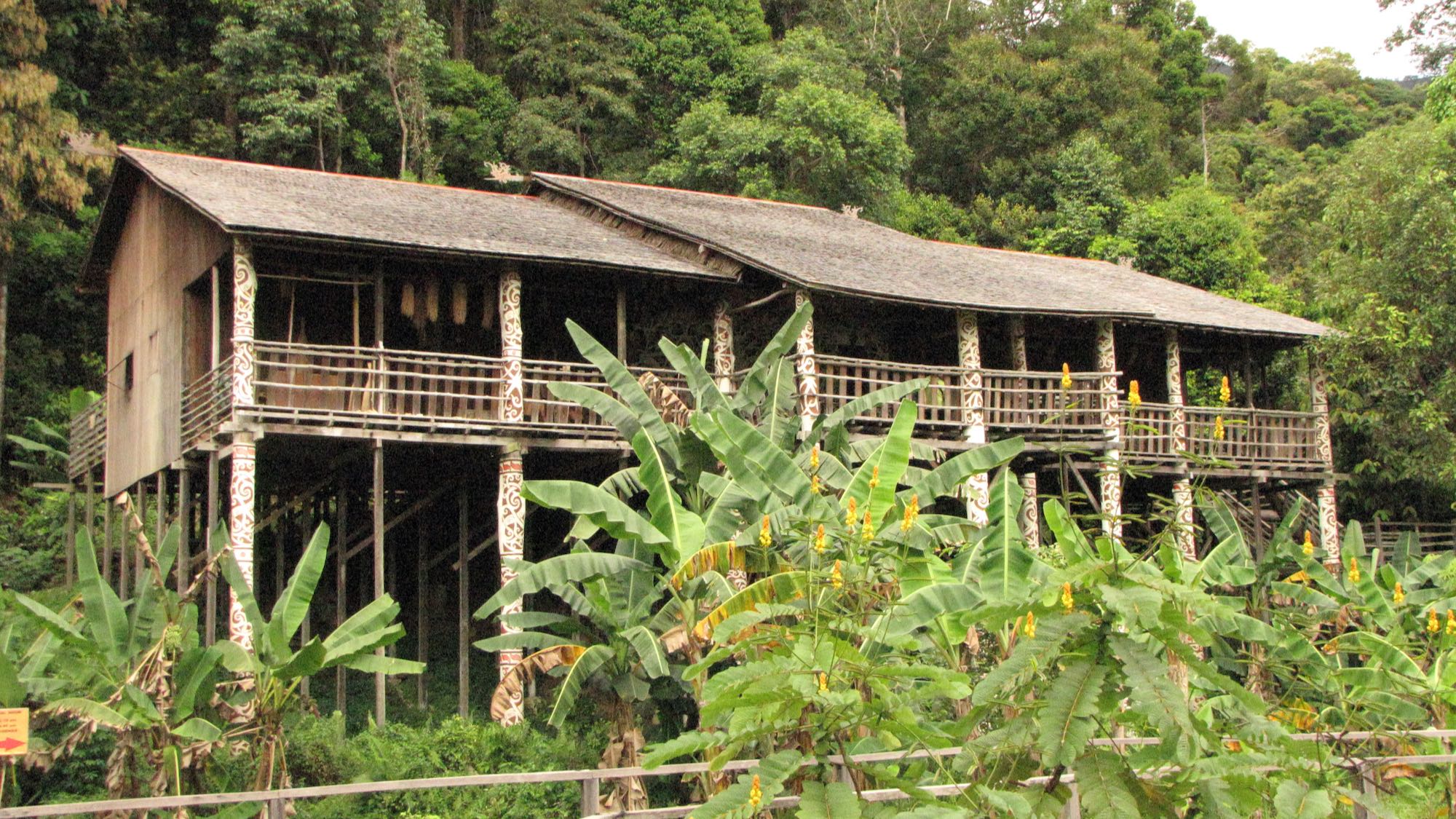
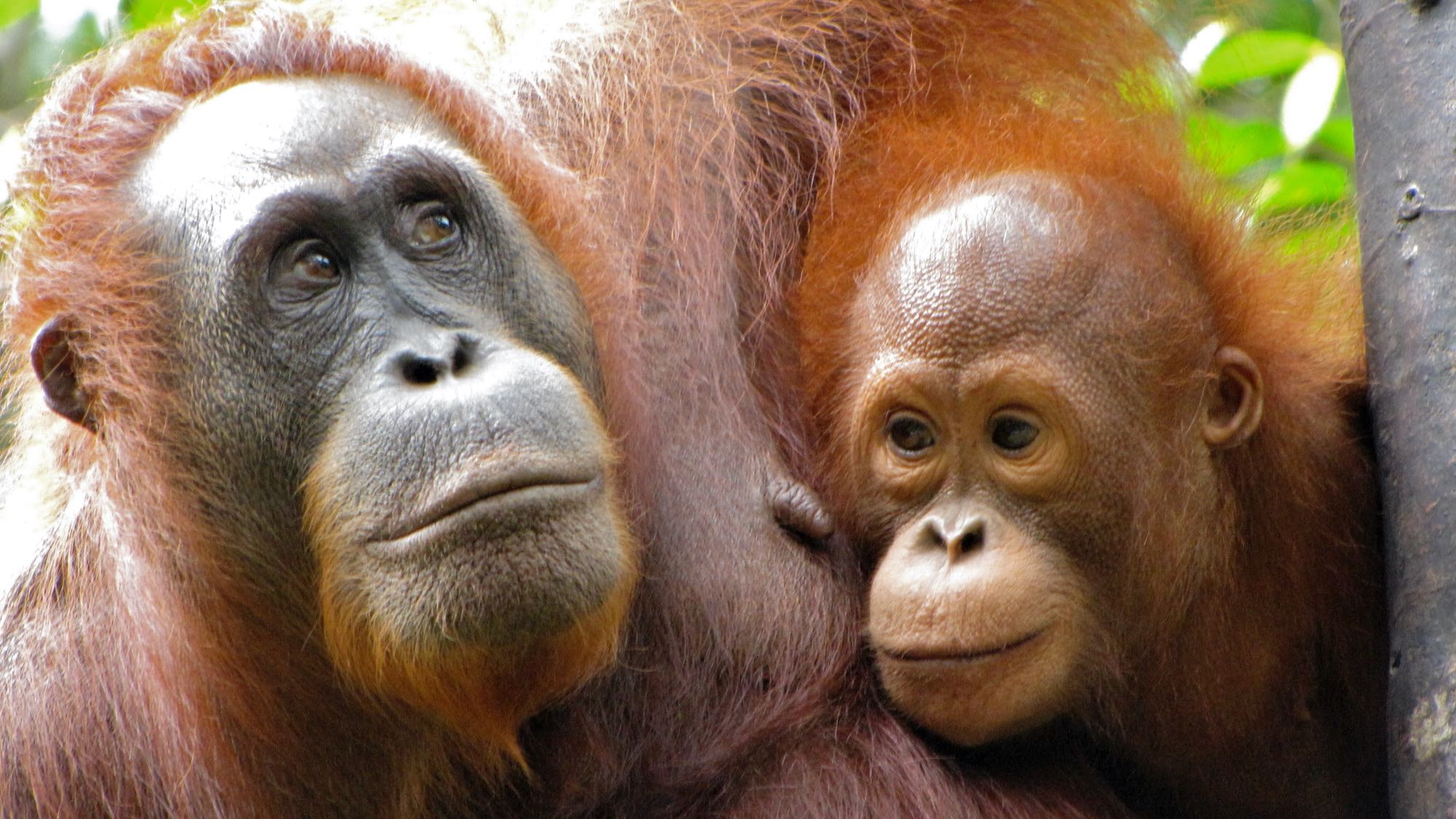
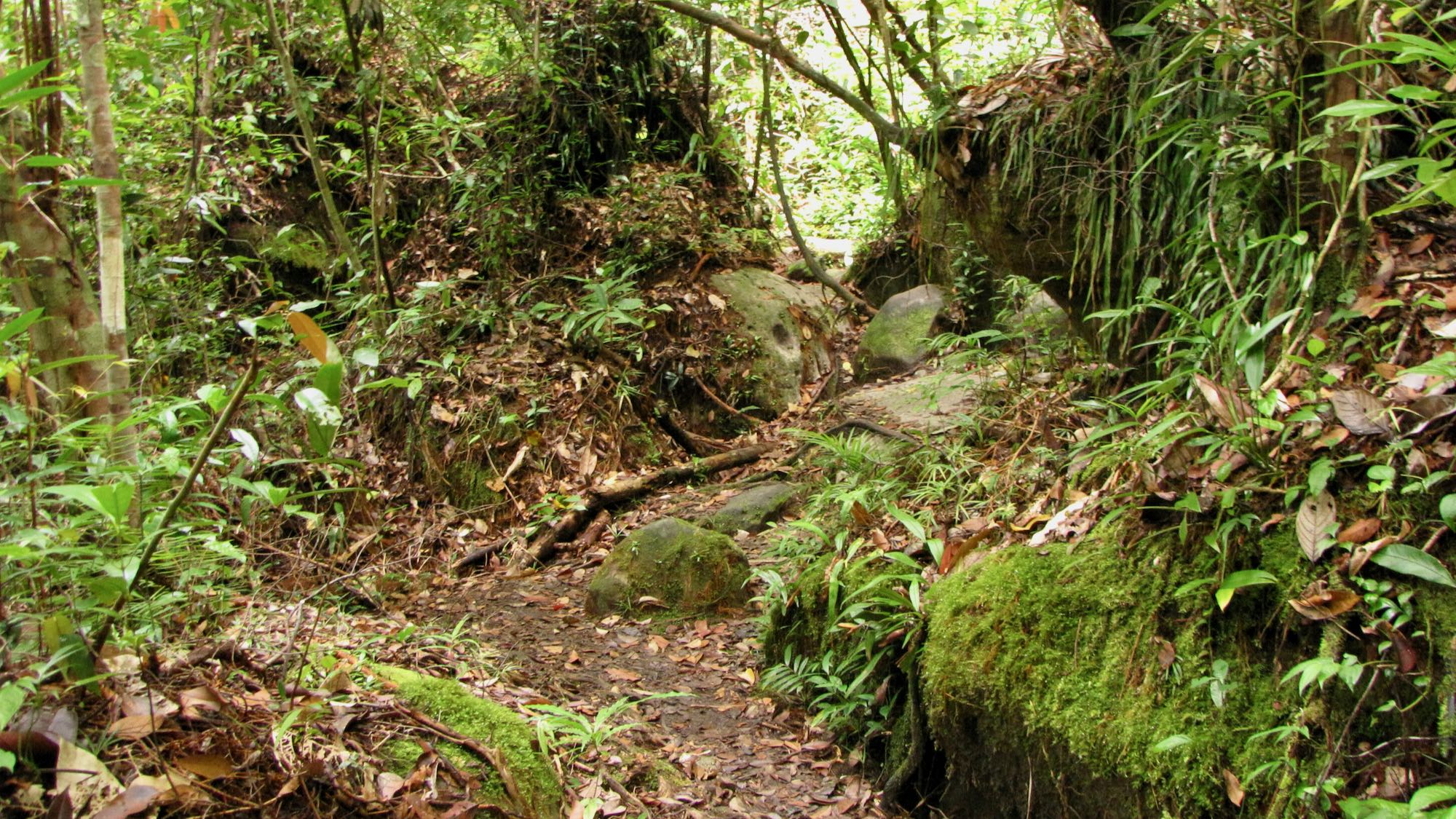
Leave A Comment